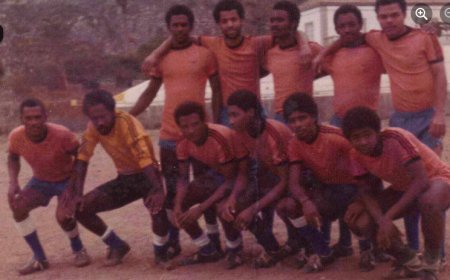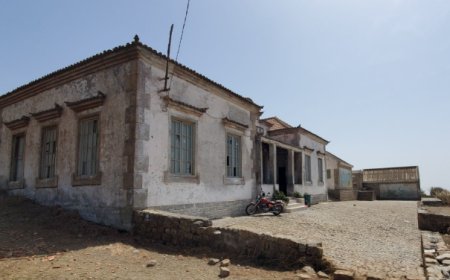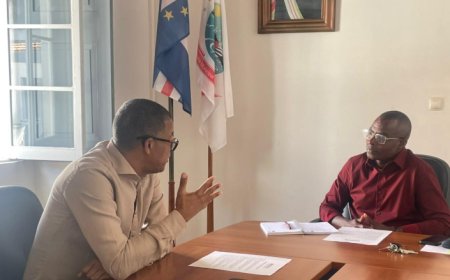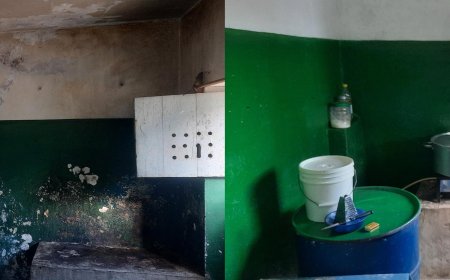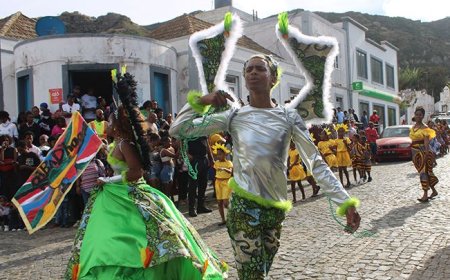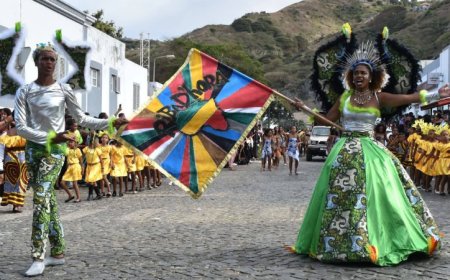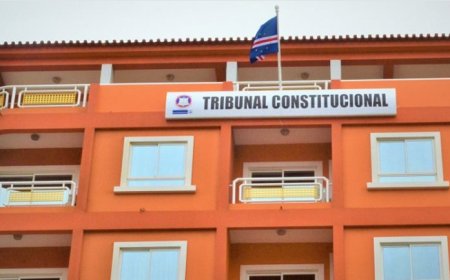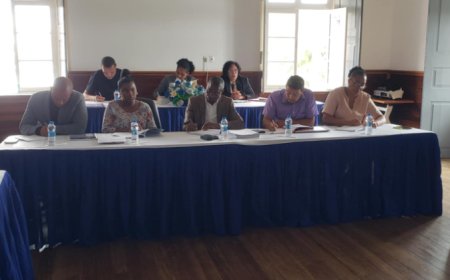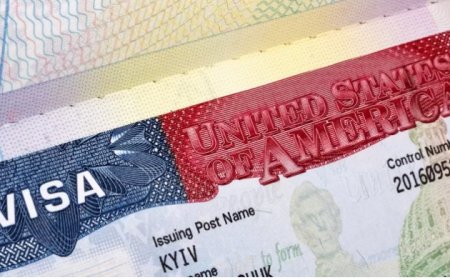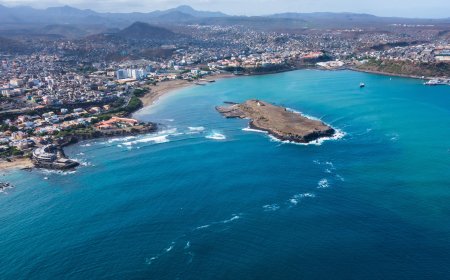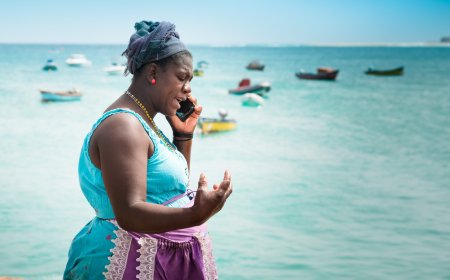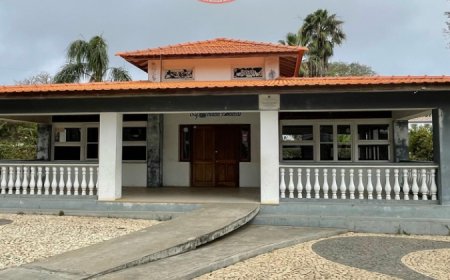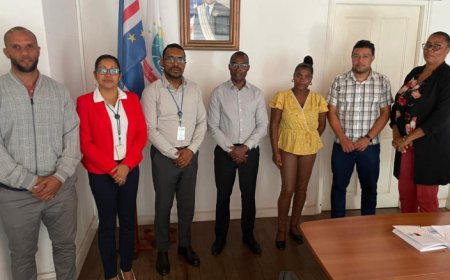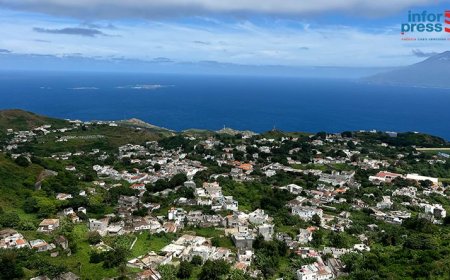Opinion: The non-asphalting of the Estrada de Nossa Senhora do Monte on Ilha Brava to the detriment of other roads in Cape Verde, for example on the island of Sal, Calheta Sao Miguel, Sao Filipe, etc…
Cape Verde, an archipelago of natural and cultural beauty, faces significant challenges in developing infrastructure to improve mobility and access to essential services. The asphalting of roads is a crucial measure to boost economic growth, improve the quality of life of local communities and promote tourism. However, prioritizing certain roads over others can generate inequalities and discontent among populations. This opinion article will discuss the issue of not paving the Estrada de Nossa Senhora do Monte on Ilha Brava, reflecting on its possible consequences for the island and Cape Verdean society as a whole.

1. The neglected tourist potential
Estrada de Nossa Senhora do Monte is a route that is home to a wealth of stunning landscapes and cultural heritage. By not paving this road, opportunities for the development of local tourism were wasted. Visitors are drawn to the natural beauty and cultural authenticity, and by neglecting this road we are depriving Brava Island of a valuable source of income and employment for its residents.
2. Impact on the local economy
Asphalting roads is not just about the convenience of driving on better surfaces; it has a ripple effect on the local economy. Paved roads facilitate the transport of goods and services, boost trade and agriculture, as well as attract investment and encourage the emergence of small businesses. By leaving the Estrada de Nossa Senhora do Monte unpaved, Brava Island misses a crucial opportunity for economic growth and improving the living conditions of its population.
3. Equality and social inclusion issues
The decision to prioritize some roads over others may accentuate social inequalities in Cape Verde. While some areas thrive on development and modernization, others remain on the fringes of progress. The lack of asphalt on the Estrada de Nossa Senhora do Monte can be seen as an example of negligence on the part of the authorities in guaranteeing equal opportunities for all regions of the country.
4. Impact on quality of life
The non-asphalting of Estrada de Nossa Senhora do Monte also directly affects the quality of life of local residents. Unpaved roads are more prone to flooding, erosion and dust, causing damage to people's health and their belongings. In addition, limited accessibility makes it difficult to access basic services such as health and education. By ignoring these issues, we are putting an entire community at a disadvantage.
Conclusion
The non-asphalting of the Estrada de Nossa Senhora do Monte on Ilha Brava is a pertinent example of the neglected priorities that can occur in the management of infrastructures in Cape Verde. By failing to invest in a route with tourist, economic and social potential, we are depriving the local community and Cape Verdean society of valuable opportunities for sustainable development.
It is critical that responsible authorities revisit their infrastructure policies and consider all regions of the country equally. Investing in paved roads is not just a matter of convenience, but a commitment to inclusive and fair development. By ensuring that all roads are treated equally, we will be strengthening the country as a whole, promoting economic growth and quality of life for all Cape Verdeans.
Oliveira Gomes Alves








